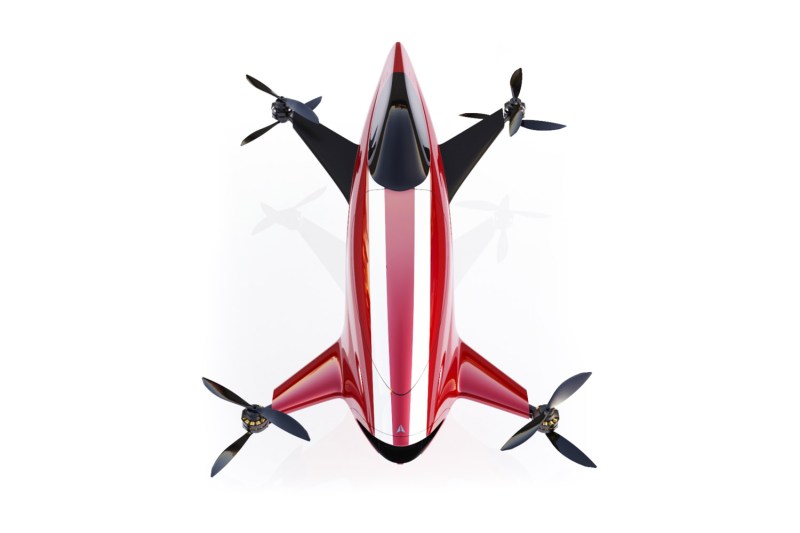
It’s been more than a century since the first mass-produced cars rolled off the assembly line. Somehow, many of us still haven’t mastered driving in two dimensions. Now, even before flying cars have gone into mass production — before most of us have ever experienced driving in three dimensions — one company has announced manned flying car races as early as next year. What could possibly go wrong?
Airspeeder is looking to be the first premier global flying car racing league. If it sounds like another Elon Musk-ish technological pipe dream that will never be realized, the company’s concept racers are already nearly complete. At this year’s Goodwood Festival of Speed, Airspeeder debuted unmanned models touting some impressive numbers. They’ll be available in quadcopter and coaxial octocopter versions, each measuring 11.5 feet wide by 13 feet long. Ultra-lightweight body panels promise to keep the overall weight down to around 500 pounds without the pilot. With a single, relatively small pilot in the cockpit, the swappable 500-watt battery (equivalent to 80 wall sockets) should be capable of more than 120 miles per hour and up to 15 minutes of flying time.
For the last nine months, Airspeeder has worked with Alauda Aeronautics on rapidly developing its flying car racers. The Airspeeder YouTube channel chronicles a number of test flights, each designed with increasing speed and complexity.
Their latest video culminates in an impressive chase through the Australian desert. They’re on track for manned test flights by November 2019 and the league’s official debut sometime in 2020. The races will include only the most elite pilots competing head to head and in time trials in the world’s most exotic locations.

If this all sounds incredibly dangerous and unnecessary, it might be. Since man first harnessed the power of the combustion engine, however, we’ve been compelled to race. Nothing pushes technology forward like competition. Testing the limits of existing EVTOL (Electric Vertical Take-Off and Landing) vehicle technology will allow companies to know what’s possible now, then determine how to go beyond those limitations. From small startups to brand-name automakers, companies around the world are figuring out how to take us to the skies. Earlier this year, JetPack Aviation announced “the world’s first flying motorcycle.” Late last year, even Aston Martin unveiled a commuter flying car concept, an indication the luxe automaker is at least thinking beyond its typical four-wheel chariots. In many ways, we’ve reached the limits of ground-based transportation. The next step will most certainly involve taking to the skies.
If you’re itching to test your driving skills in three dimensions — and you’ve got more money than sense — check out the latest in flying car technology.



